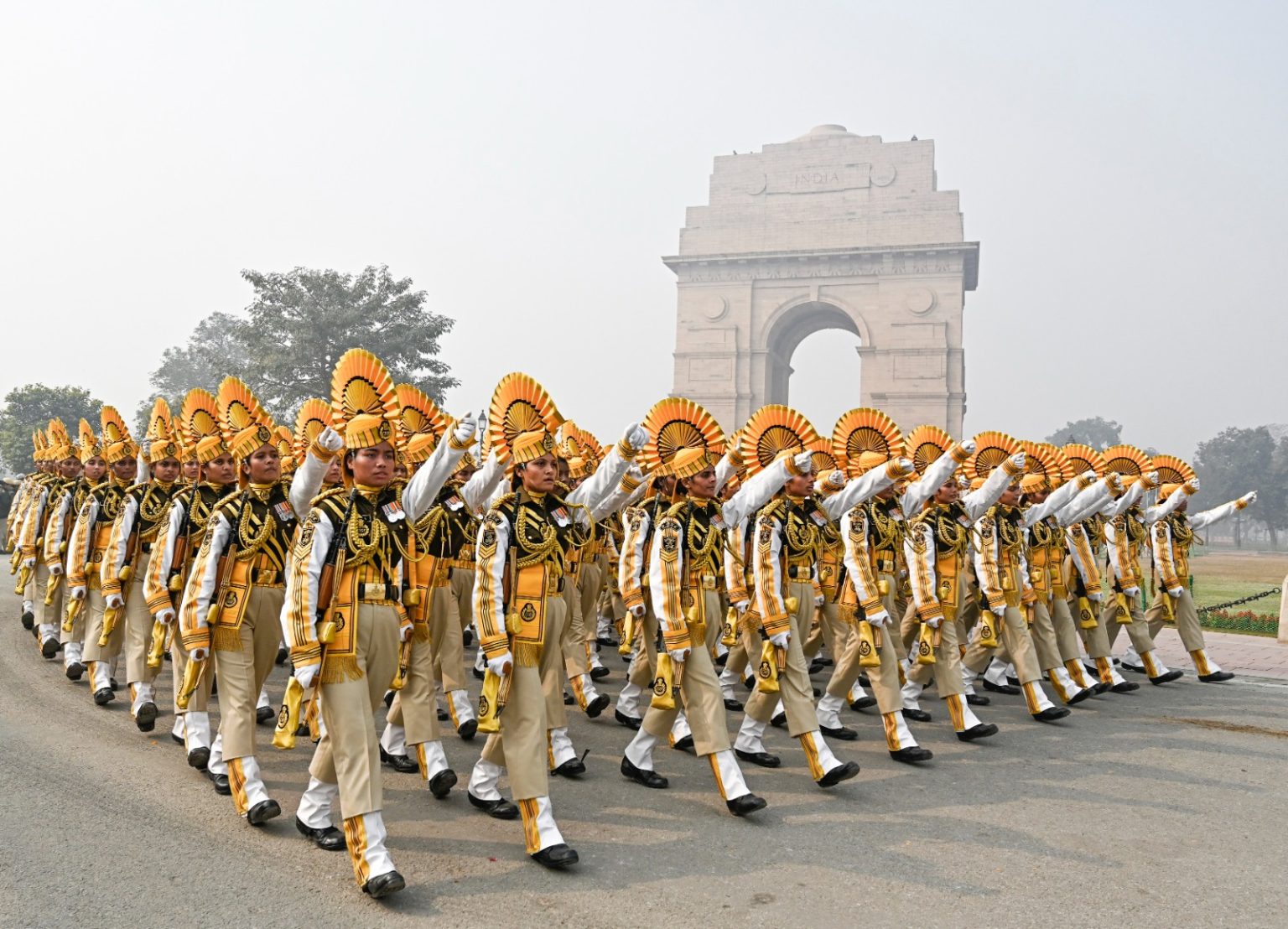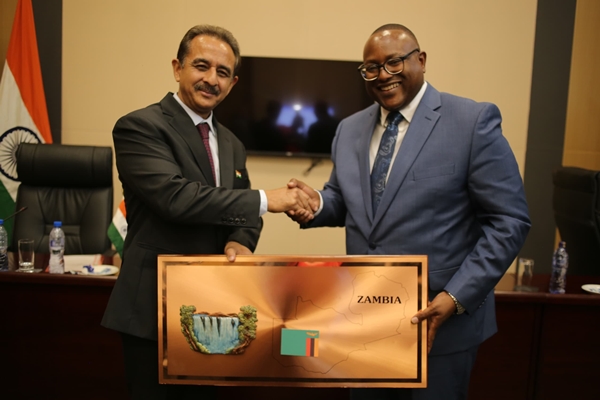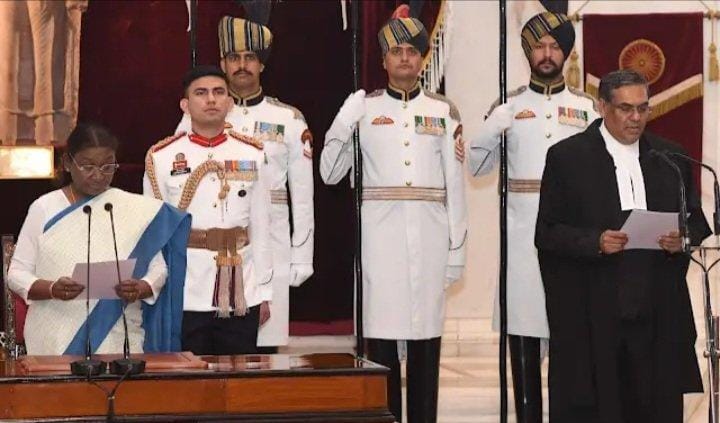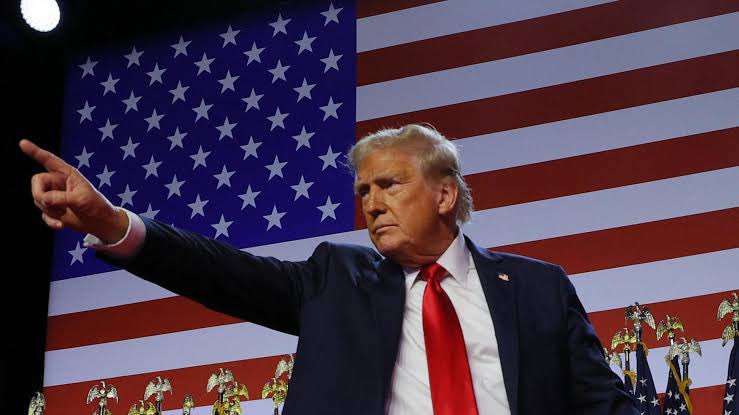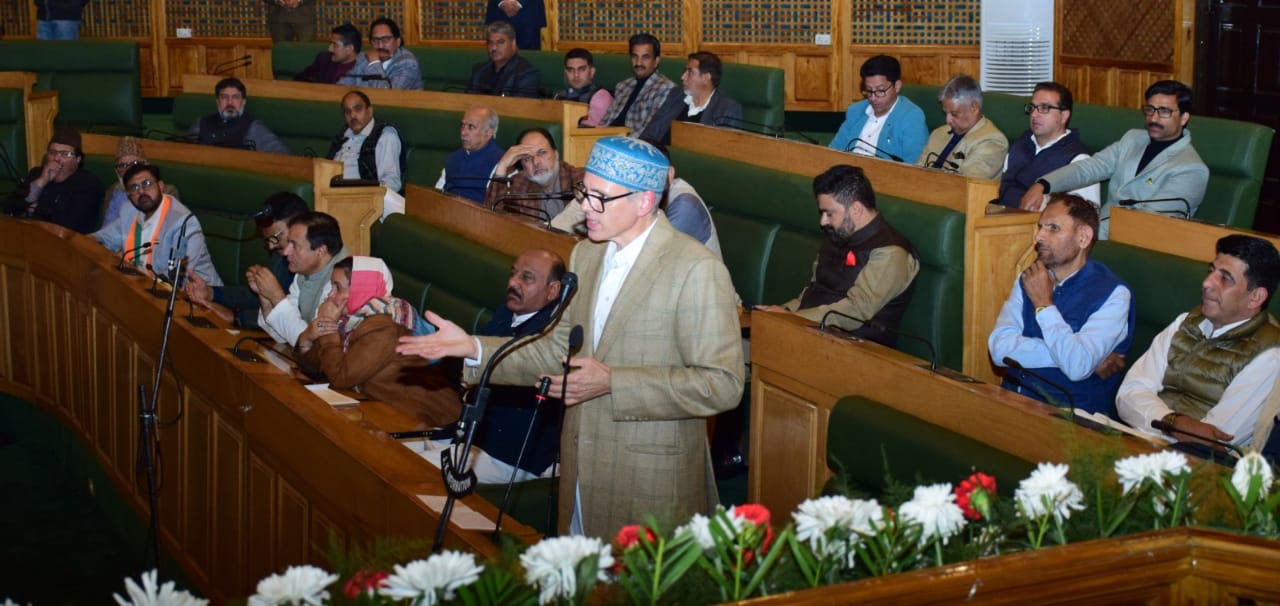The demand for creating “Bhil Pradesh” is gaining momentum by the day as the Bhil tribal community from Rajasthan has augmented their efforts. They demand the formation of a separate state by combining 46 districts from four states- Rajasthan, Maharashtra, Gujarat, and Madhya Pradesh. The Rajasthan government has already rejected this demand.
About Bhil Community and Bhil Pradesh Demand
- The community’s demand is based on language, culture, and geography. According to the 2011 Census, the Bhil population in the country is 1.7 crore, with a major concentration across four states, Madhya Pradesh (about 60 lakh), Gujarat (about 42 lakh), Rajasthan (about 41 lakh), and Maharashtra (about 26 lakh). The language of the community is Bhili.
- As per the community leaders, the demand for a separate state is not new, dating back to 1913. Tribal activist and social reformer Govind Giri Banjara first raised the demand for Bhil Pradesh.
- Over the years, many tribal leaders, including MPs and MLAs, supported this demand. Presently, MPs and MLAs of the Bharat Adivasi Party (BAP) are raising their voices in their respective houses.
- Carving out districts from four states is the major challenge in creating a separate state. This makes the community doubtful about their dream turning into reality. However, they want to continue their demand and keep the movement alive.
History of Separate Statehood in India
- Since independence, the Indian government has been consistently facing separate statehood demands. The basis of such demands has changed over the years. First, they were solely based on language, culture, religion, and ethnicity. Later, better governance, participation in the government, administrative convenience, competition for local resources, and economic development formed the basis of such demands.
- The first such demand was from Telugu-speaking community in 1950’s. They were demanding a separate state on a linguistic basis. Potti Sreeramulu started an indefinite fast in support of the demand and ultimately died on the 56th day of the fast. Widespread violence following his death forced the government to form a State Reorganisation Commission (SRC). Finally, in 1953, Andhra Pradesh was formed on a linguistic basis.
- Major commissions constituted for the Reorganisation of the State were the Dhar Commission (June 1948), the JVP Committee (December 1948), and the Fazal Ali Commission (December 1953). The first two committees rejected language as the basis for the formation of a state. The third commission supported language as the basis for the formation of a state but rejected the idea of One State, One Language.
- Since then, many states and union territories have been created in the country, mostly through bifurcation.
- Maharashtra and Gujarat from Bombay in 1960
- Nagaland from Assam in 1963
- Haryana and Himachal Pradesh from Punjab in 1966
- Meghalaya, Manipur, and Tripura in 1972
- Sikkim in 1975
- Goa and Arunachal Pradesh were granted statehood in 1987. Earlier, they were UTs.
- Uttaranchal from UP, Jharkhand from Bihar, and Chhattisgarh from Madhya Pradesh in 2000
- Telangana from Andhra Pradesh in 2014.
- Apart from Bhil Pradesh, there are various demands for statehood, such as Delhi (for full statehood), Harit Pradesh, Purvanchal, Bodoland, Saurashtra, and Gorkhaland.



